A common criticism of solar power is that ground-mounted arrays take land out of use for the duration of a system’s lifespan. But rooftops and land aren’t the only places solar can be installed — developers are now looking to water too.
Floating solar arrays are a racking technology used more often outside of the United States, in countries like Japan that boast many man-made bodies of water suited for “floatovoltaics.” In 2017, the U.S. had only seven floating arrays, but they’re now starting to gain momentum stateside, said Stetson Tchividjian, business development manager for D3Energy, a floating solar EPC and affiliate of floating rack manufacturer Ciel & Terre.
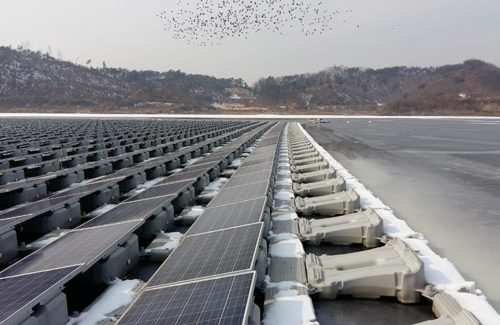
Ciel & Terre
“The last 12 months have been night and day,” he said. “We’ve seen a lot of traction. Projects all over the place are in negotiations and engineering phases. It’s definitely picking up steam, to say the least.”
The National Renewable Energy Laboratory released a report in December 2018 that found floating solar arrays could account for 10% of the nation’s energy needs if they were installed on just a quarter of the man-made lakes and ponds in the United States. “Many of these eligible bodies of water are in water-stressed areas with high land acquisition costs and high electricity prices,” the report reads. And it’s much easier to get permitting to put solar on the water than land, Tchividjian said.
Floating solar shares the same principles as traditional roof- or ground-mounted systems. The system is built in a modular fashion — the floats that hold the panels are assembled block by block on land, then rowed out into the water. It’s anchored using traditional ground-mount means, like ballasts or helical piles, that are driven into or set upon the lake bed. Tchividjian said assembly and installation is straightforward, with the most important consideration being engineering. Floating solar systems need to work with rising and falling water levels, and in certain cases even rest in dry retention ponds. The wiring needs to be safely led from the array to land. The finished array can be accessed by boat.
The upfront costs of installing floatovoltaics are higher than ground-mount systems, but the payoff can be a system that offers low O&M thanks to no landscaping requirements. Floating solar also benefits the water where it resides, providing shading to reduce evaporation and curb algae counts. While power production on individual sites might not be as high as ground-mounts, floating solar arrays are viable options for cities with little land or roof space.
“We keep eating up all these hundreds of acres of land that’s valuable, usually healthy farmland and things like that, for solar,” Tchividjian said. “You fast-forward 10, 15 years from now, you’re going to start having some pushback. This is high-quality land that we keep using and I think floating [solar] answers that question of being able to continue to go green and use bodies of water in spaces that we have no other use for.”

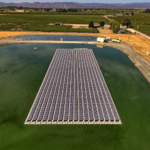
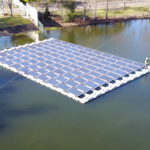
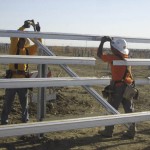
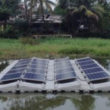

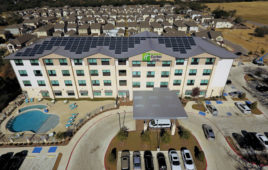
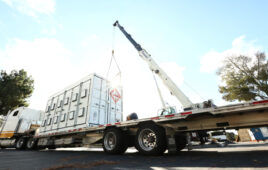

HI Billy !
Excellent Article, check out this pilot 100 KW floating solar plant we installed in Guatape , Colombia
https://youtu.be/Ff_QVhh6ejg
Fernan Ech Usher
https://www.linkedin.com/in/fernan-echavarr%C3%ADa-usher-12571615/
Hi Fernan, I commented on your youtube video, excellent project, I’m studying the application in Brazil in center pivot irrigation dams, could you help me with the mold for manufacturing the floating supports? If you can send me an e-mail so we can talk about lecopnascimento@hotmail.com